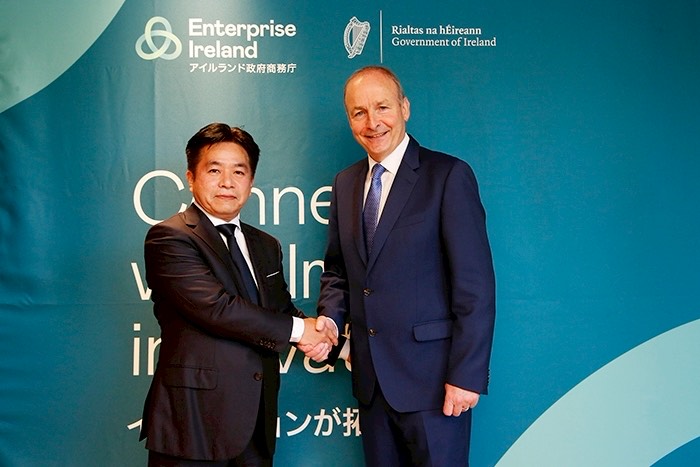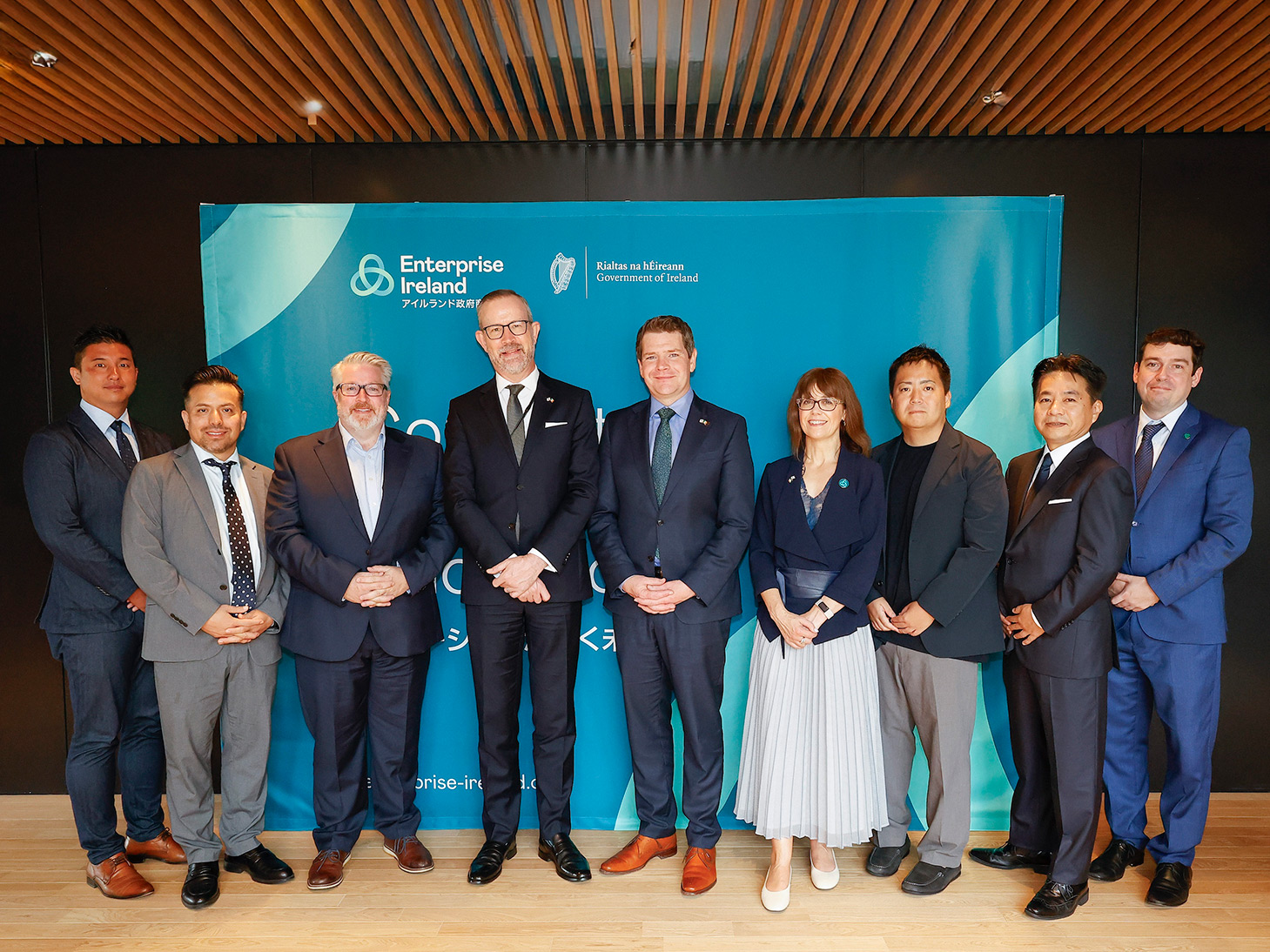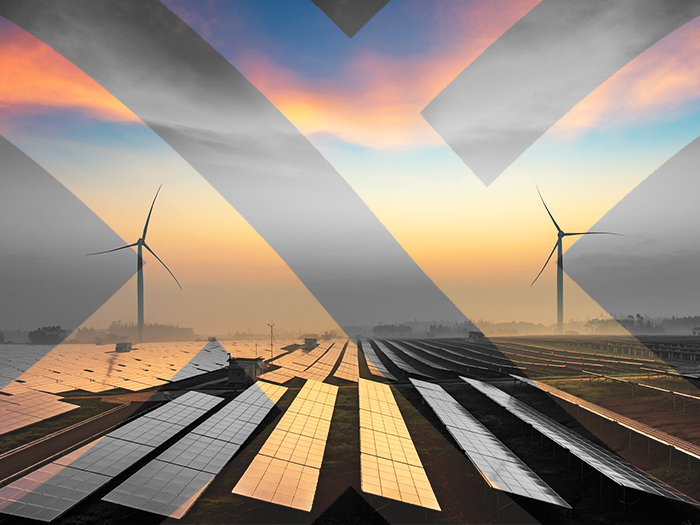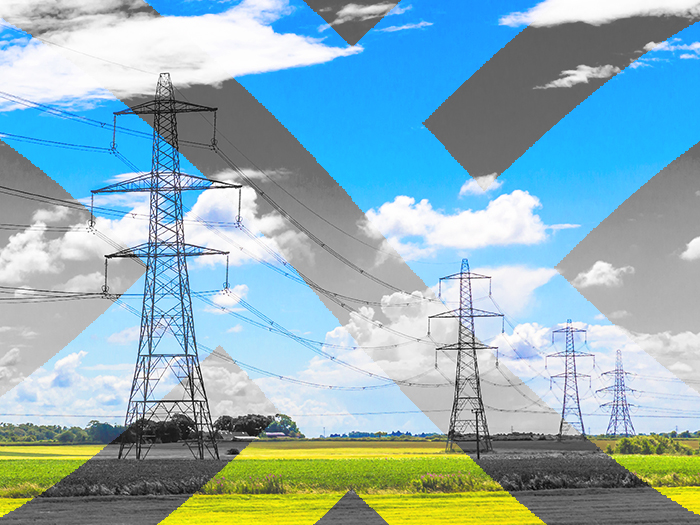Insights
better business decisions
Posted 2 years ago | 3 minute read
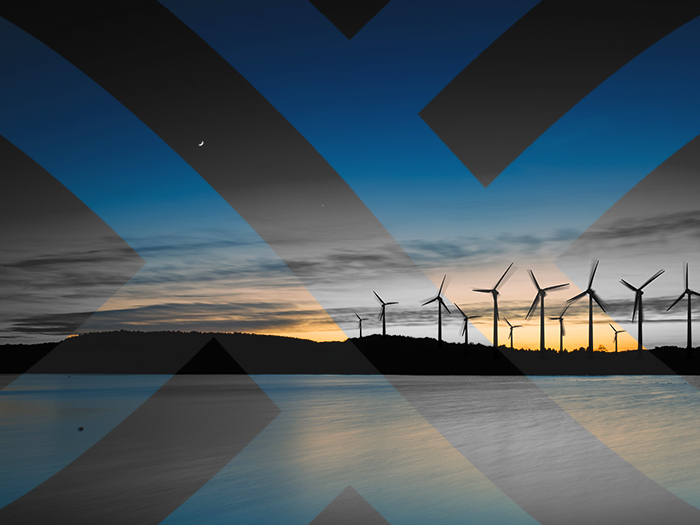
UK efforts to deal with energy crisis risk missing net zero target
Government efforts to tackle the cost of energy have left the UK at risk of missing a key target to source green power and are threatening the country’s net zero ambitions, the National Audit Office (NAO) has said.
In 2021, the government said it wanted all electricity to be generated from low-carbon sources by 2035, a pillar in the plan to reduce carbon emissions to net zero by 2050. But in a report published on 1 March, the NAO warned that “the absence of a clear plan and the perception that there could be changes in government policies could deter external investors from providing funds for new infrastructure or lead them to increase the rates of return they require, ultimately increasing costs for energy consumers”.
Emissions related to UK power generation have fallen by 73% since 1990 with increases in wind and solar power and the phasing out of coal power stations reducing the impact on the environment. But around 40% of the UK’s electricity is still generated from gas. Electricity demand is predicted to increase by as much as 60% by 2035 as vehicles and heating are switched from fossil fuels to electricity.
According to the report, the energy crisis which began in late 2021 and was exacerbated by Russia’s invasion of Ukraine, has meant the government has made little progress in producing a “long-term delivery plan” to boost clean energy sources. The NAO suggests that the government has not established a critical path to 2035 to understand when it will need to make decisions about which low carbon technologies to adopt and roll out to stay on track. This absence of a clear plan could also lead to increasing costs for consumers as investors might increase the rates of return they require for backing new infrastructure.
For the government to meet its goal of achieving 50GW of offshore wind by 2030, it will need to oversee the deployment of nearly three times as much offshore wind capacity in eight years as it has in the last two decades, the NAO says.
The NAO recommends that the government needs to set clear measures of overall progress with interim milestones and that those should be reported annually to Parliament.
GridBeyond Managing Director UK and Ireland Mark Davis said:
“The transition to a net zero economy is already driving significant change in the energy sector. From the rise of renewables generation to the ever-increasing need for grid balancing services. The result is a significant requirement for scalable and real-time solutions to manage the energy system of tomorrow.
“GridBeyond has highlighted for some time now that evolution of the current electricity market frameworks is needed to cost effectively deliver the levels of investment required to decarbonise the economy and reduce dependence on fossil fuels.
“By working with industries across the country, and intelligently dispatching their flexibility into the right market, at the right time, GridBeyond is already supporting asset owners and energy consumers unlock new revenues and savings, resilience, manage price volatility, while supporting the transition to a net zero future. But further measures to incentivise action on the demand side of the market would open up possibilities for a wider range of energy users to engage in the market and could bring significant benefits.”
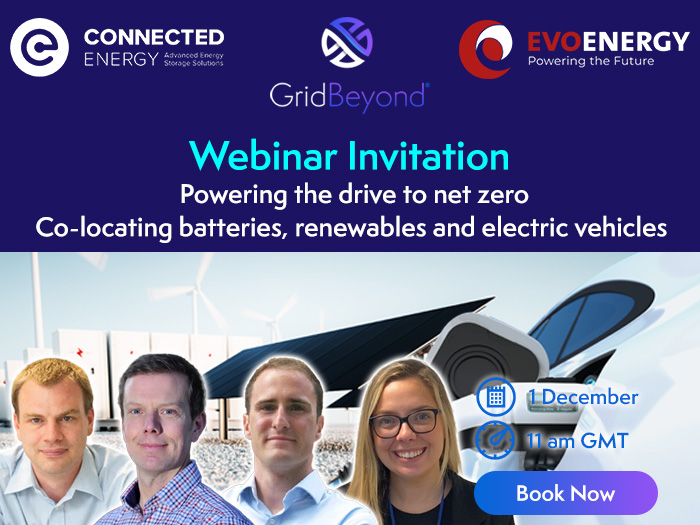
On Demand Webinar: Powering the drive to net zero | Co-locating batteries, renewables and electric vehicles
Charging a single electric vehicle is straightforward. Charging multiple EVs at the same time can be a challenge. From initial project scoping through to optimisation, fleet management and how this fits into your energy purchasing and net zero strategies.
Learn more